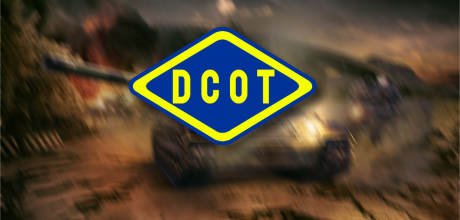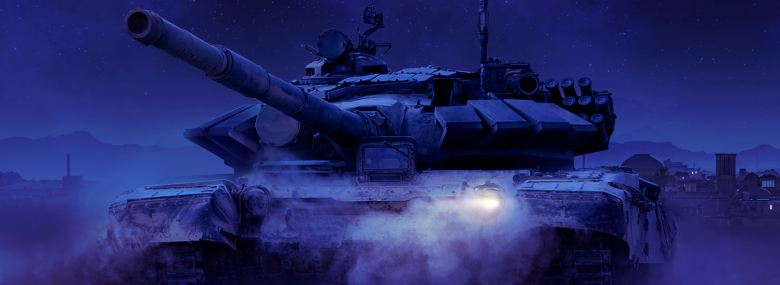
Commanders!
This month in our Branch of the Month series is dedicated to the only Light Tank branch, available in Marat Shishkin’s vehicle pool. The branch starts with two British Light Tanks (Scorpion and its upgrade, Scorpion 90) and continues with a series of American vehicles – with two exceptions, that is.
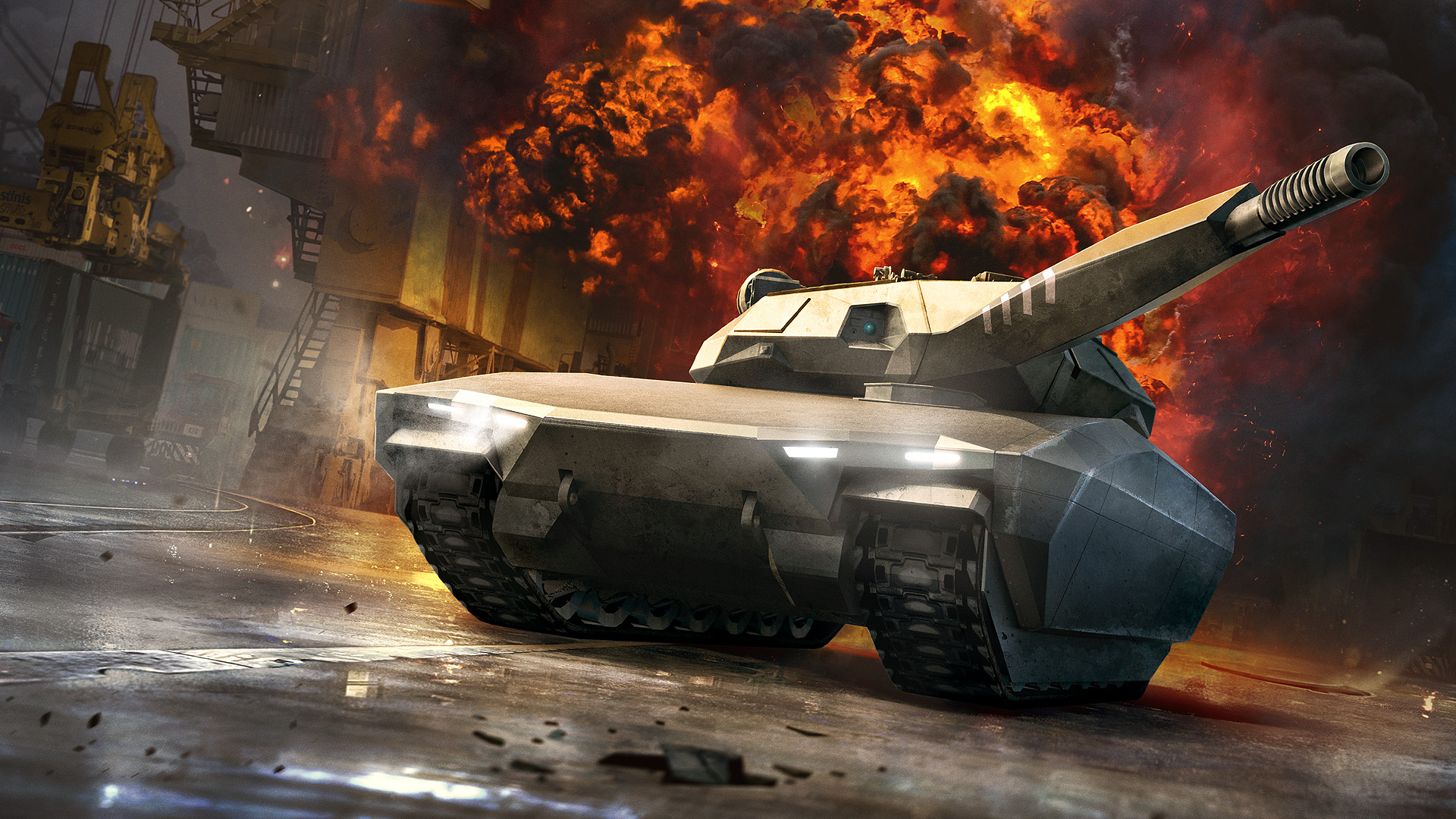
The story of Light Tanks starts even before the Second World War, although many tanks that are today classified as “light” were not named as such back then. But some were – in fact, the first tank with the modern layout that is used until this day, the Renault FT, was, classified as a Light Tank. The most common tank designation, however, was by their battlefield roles – after all, pretty much all the mass-produced tanks of the interwar period were light, regardless of what purpose were they built for. In their most basic form, there were:
- Cavalry Tanks
- Infantry Tanks
Cavalry tanks were typically very lightly armored – their main role was to accompany cavalry formations that were still common in many advanced armies even after the horrendous slaughter of the Great War, providing additional firepower and shock effect. In order to fulfill that role, they had to be fast and, most importantly, had to be able to cross even relatively difficult terrain. That required low weight and relatively powerful engines – relatively being the key word of course: today, a tank engine that is considered powerful can produce 1500hp, but back then, the tanks weighed in many cases under 10 tons and anything over 150hp was quite a lot. The weight had to be therefore kept in check and the cavalry tanks were, as a result, typically very poorly protected.
Infantry tanks were better protected than the cavalry tanks, but also significantly slower. That wasn’t seen as a drawback, however, as the role of such tank was to accompany the infantry – at walking pace. Protection was seen as more important and some of the pre-war infantry tanks, like the British Matilda, were amongst the toughest opponents the Germans could face by 1940.
And then there were, of course, the tankettes – less than tanks and often armed with light machineguns only, their biggest and only advantage was that they were cheap. The Polish used them in 1939 with moderate level of success and they were also somewhat useful when fighting colonial wars against spear-wielding tribesmen, but that was the peak of their performance. They suffered extremely high losses during the early days of the Second World War and they practically disappeared from the battlefields by 1940. The appearance of tankettes was an example of a victory of costs and marketing over performance and it is a proof that even back then, like now, the fates of thousands of soldiers were decided not in staff planning rooms or on the battlefield, but on the pages of sales brochures and in backroom deals.
During the Second World War, the tank roles somewhat shifted. The traditional split of World War Two tanks into light, medium and heavy is inaccurate to a degree, but the limited scope of this article calls for simplifications that will hopefully be forgiven by the more knowledgeable of readers.
Where the Heavy Tanks were typically intended for breakthrough and the Medium Tanks were universal, the Light Tanks were used for scouting – at least in the second half of the war. Of all the three, they were, as their name suggests, the lightest and typically the fastest, but also the least protected and carried the least amount of firepower. At the end of the war, some Light Tanks like the M24 Chaffee carried enough firepower to rival that of Medium Tanks, but where the Medium Tanks usually carried 50mm or 75mm guns, Light Tanks typically only carried 37mm guns, making them useful only against soft targets, obsolete enemy equipment, armored cars or other Light Tanks. Against enemies typically lacking in anti-tank firepower (for example the Japanese troops), even the Light Tanks were deadly, but they also suffered relatively high losses, putting the entire Light Tank as a scout concept in question by the end of the war.
After the war ended, the role of the Light Tanks was becoming less and less certain. The surplus ones were sold to third world countries all over the world – against equally poorly armed opponents, they were more than sufficient. However, in the 1950s, an excellent modern French Light Tank called AMX-13 appeared.
The AMX-13 was, in many ways, revolutionary. Its oscillating turret carried a powerful, automatically loaded 75mm gun and while the vehicle couldn’t boast much armor, it was very light for its firepower. It became a success, was widely exported and used by many countries. It was later upgunned with a 90mm and even a 105mm gun, a testament to the durability of its chassis.
On the American side, things were not going so well. The wartime M24 Chaffee Light Tank was seriously outclassed against the Russian T-34s during the Korean War and its replacement, the M41 Walker Bulldog, didn’t fare much better. It took quite a long time to replace the Walker Bulldog in full, but it was the replacement process itself that formed the future of the entire class. Where the Heavy Tanks were discontinued, the American Light Tanks became basically airborne vehicles with size and weight limits to fit into transport planes and helicopters.
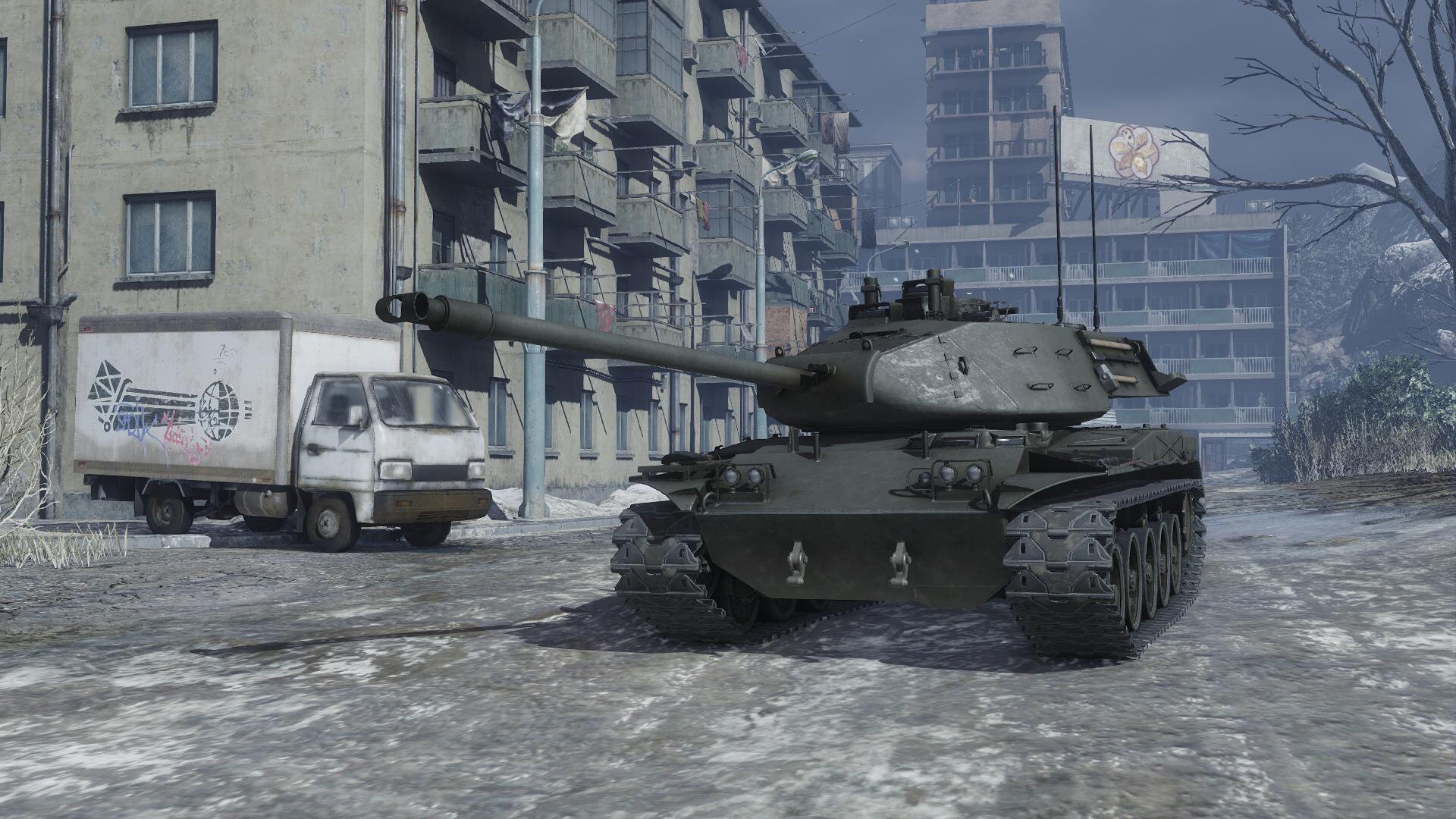
Unlike the American Main Battle Tanks, the post-war Light Tanks were never a real success. The last mass-produced American Light Tank, the M551 Sheridan, could be described as mediocre with technical issues plaguing its long career from the Vietnam War until the Gulf War. It carried a massive amount of firepower in the form of its 152mm gun-launcher, but it was also extremely fragile and vulnerable to pretty much any threat. It remained in service simply because there was nothing better to replace it with – and boy did the Americans try. Numerous prototypes were tested, including some of the vehicles currently available in Armored Warfare such as the RDF/LT or the Expeditionary Tank. These were, however, never accepted in service and the American attempts to produce a new, modern Light Tanks essentially ceased with the XM8 program.
On the Soviet side, things weren’t much better with the Light Tank category all but disappearing. The most interesting and important Soviet post-war Light Tank was the PT-76. Where the Americans aimed for air mobility, the Soviets wanted their tanks to swim – and so they did. The PT-76 and its later variants were designed around that ability because the Soviets based their doctrine on the experience learned from the Second World War. In reality, the ability to swim was never really all that useful, but it shaped the Soviet vehicles for decades. Like the Americans, the Soviets produced a number of interesting Light Tank concepts and prototypes, but few ever made it past the drawing board, let alone in service. The original role of the Light Tank was, later on, assumed by modified IFVs.
This development on the American and Soviet side didn’t, however, mean that the Light Tanks passed into obscurity. On the contrary – the 1970s and 1980s saw a limited resurgence of Light Tanks with a decade-long break in the 1990s due to the collapse of the Soviet Union and the subsequent flooding of the markets with surplus Soviet equipment. There were two main reasons for this resurgence:
First was the need to arm third world countries and export Light Tanks were in general simply much more affordable than any Main Battle Tanks (especially the western ones). It wasn’t just the question of initial price – Main Battle Tanks in general always had huge upkeep costs. Numerous commercial Light Tanks were designed to offer firepower of a MBT with the price tag of a Light Tank. Typical example would be the Stingray Light Tank and the VFM5 project by Vickers. These “affordable MBTs” subsequently saw some limited success with the Stingray used by Thailand, for example and another big user of Light Tanks in general being South America with some countries there still armed with upgraded World War Two equipment (for example the Brazilian X1).
The second reason was generally specific to countries with extremely poor terrain. Simply put, a Light Tank can go where a MBT cannot. This was a lesson learned by China – in the southern parts of the country and in South-East Asia in general, Light Tanks were very useful, leading to the development of a whole range of Chinese Light Tank projects, the chief amongst them being the Type 62, resembling a smaller Type 59. This tank was designed in the 1960s to fight in the harsh terrain of South China (or North Vietnam) and participated in the Vietnam War (more or less successfully). It was only recently retired and can be considered quite successful.
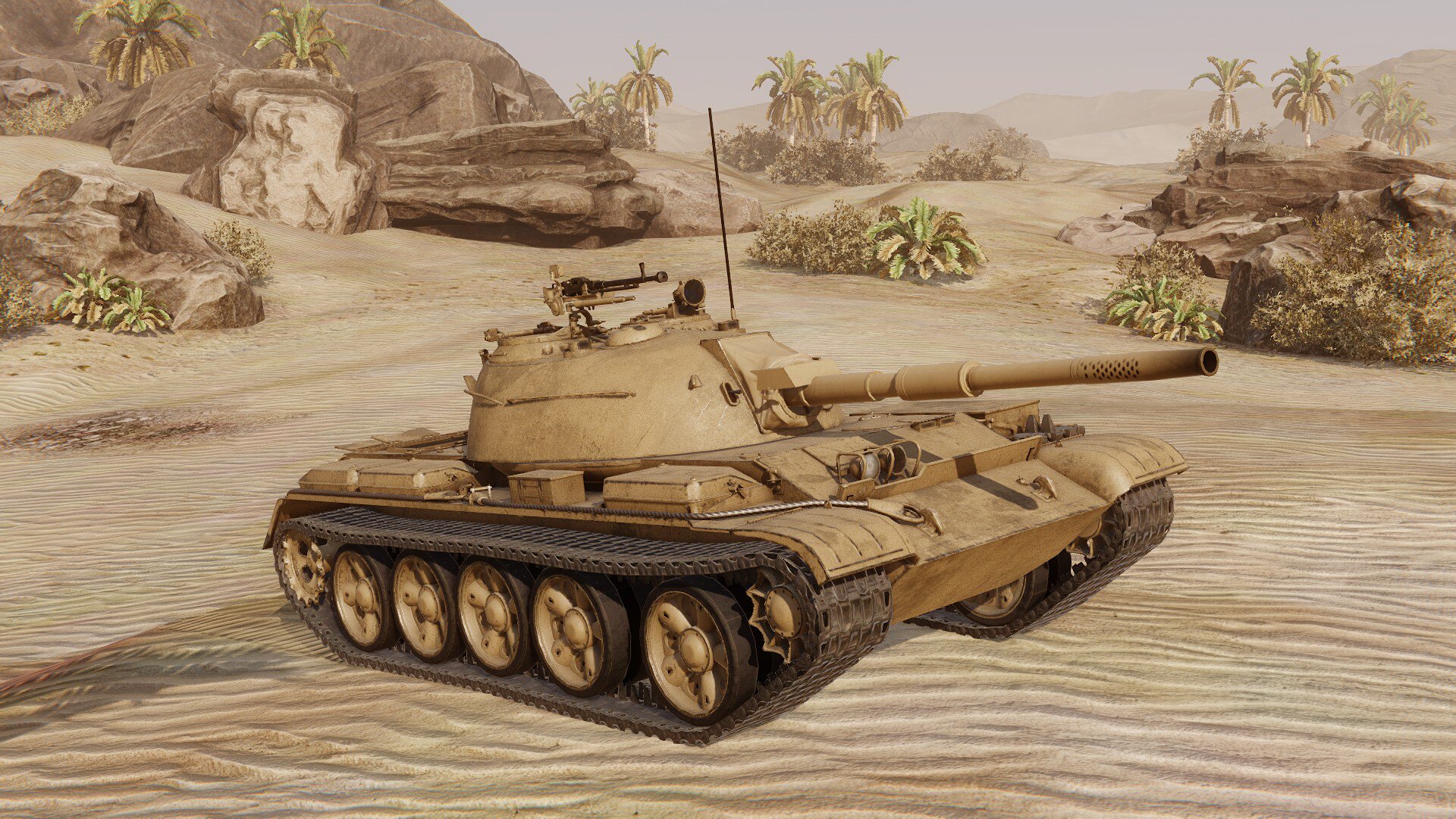
After the abovementioned 1990s pause, the Light Tanks are recently starting to re-appear in the offers of the production companies. There are a number of reasons for that:
- The appearance of modern technologies such as various active protection systems significantly increases the tank protection levels, thus ensuring that even Light Tanks have a chance against such threats as ATGMs
- Some say that the MBTs have reached their weight limit and alternative ways of protection are being sought. This includes the appearance of Light Tanks using the same general logic the German Leopard 1 was built around – with the threats so advanced no amount of armor can protect a vehicle anyway, why not invest into additional mobility and reduced costs instead?
- Light Tanks – especially the export ones – are designed to be affordable. At the same time, they generally offer enough firepower and accuracy to defeat even a modern MBT, making them an interesting alternative for potential customers. The appearance of such technologies as the 120mm Compact Tank Gun by RUAG makes a vehicle carrying it more than a match for pretty much anything it can encounter on the battlefield
- Tracks still have better off-road capabilities than wheels
Modern Light Tanks are essentially the tracked counterparts of the Fire Support Vehicles such as the Stryker.
No longer relegated to scouting, a modern Light Tank can perform a wide variety of roles on the battlefield while offering superior off-road capabilities to a wheeled vehicle. They of course do have multiple drawbacks – tracked vehicle maintenance is far more difficult than the one of any wheeled vehicle, but under certain circumstances, it’s simply worth it.
From March 1 to March 31, 2019, the following Light Tanks will be available for lower price than usual as well as with 30 percent discount on their Battle-Hardened status:
Scorpion Tier 3 LT – One of the most popular post-war Light Tanks of the 20th century, the Scorpion was an excellent British tracked vehicle that served for almost thirty years from the late 1960s to 1994. It was exported in considerable numbers and participated in several conflicts, including the Gulf War. Its light armor and a powerful 76mm gun make it an ideal introduction to Light Tank gameplay. You can read more about it in our dedicated article.
- Discount: 35%

Scorpion 90 Tier 4 LT – In the 1980s and early 1990s, the Scorpion was still in service of several countries that included Malaysia, Venezuela and Nigeria, but by this time it was growing increasingly obsolete. Instead of just phasing it out, these countries opted to have it upgraded with a 90mm CMI gun in a modified turret along with a complete refit of the original vehicle. This way, the Scorpion continues to serve in the 21st century. You can read more about it in our dedicated article.
- Discount: 35%
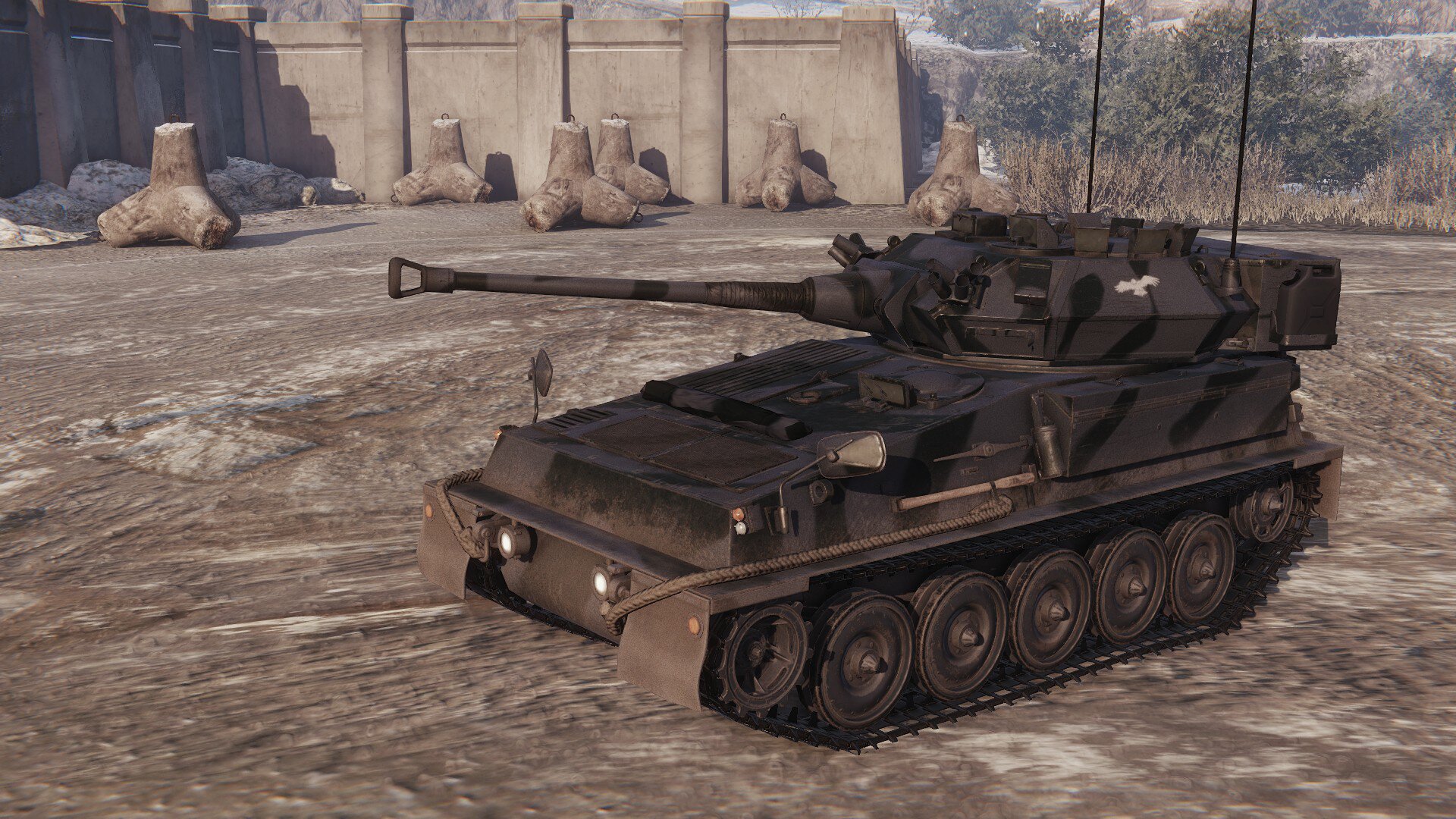
M551 Sheridan Tier 5 LT – The story of the American Sheridan Light Tank dates back to the late 1950s when a replacement was sought for the M41 Walker Bulldog. The result was the Sheridan – a rather unique vehicle that was armed incredibly heavily for its class. Its short 152mm gun-launcher was not only capable of firing devastating HE shells, but also of launching Shillelagh guided missiles, making it as deadly against tanks as it was against soft targets. At least that was the theory. In reality, the Sheridan was an unreliable and fragile vehicle that suffered heavy losses in the Vietnam War due to its thin aluminum armor. It was not well-liked by the U.S. Army but stayed in service until the early 1990s because there was simply nothing better available. You can read more about it in our three-part series called “The Sheridan Story” – Part 1, Part 2, Part 3
- Discount: 35%
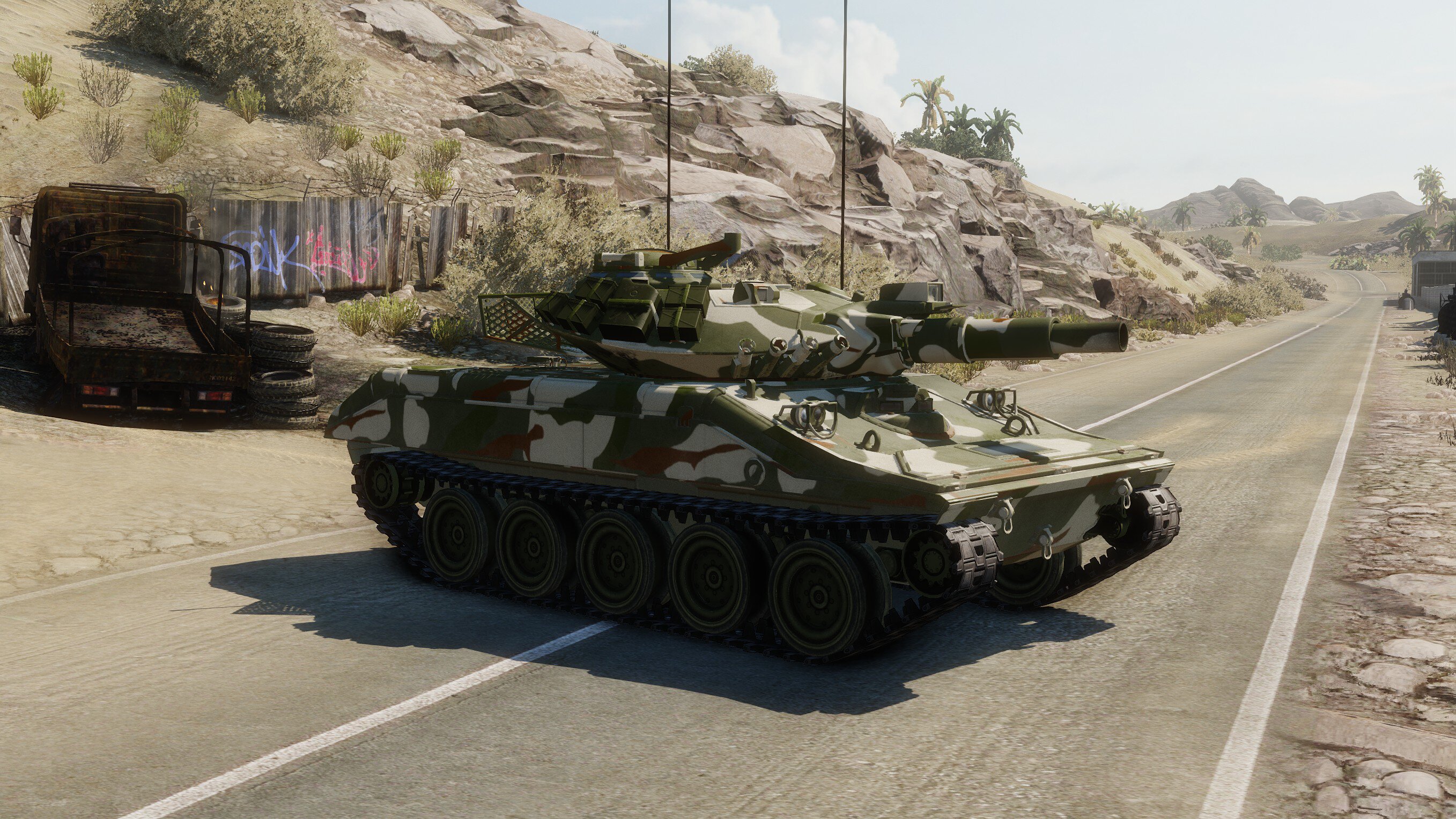
Begleitpanzer 57 Tier 5 LT – The Begleitpanzer 57 project started with the goal of creating a viable and practical armored infantry fire support vehicle using the components already produced for the Marder IFV. It was a purely commercial private project – there was no request made by Bundeswehr (or any military) to actually build such a vehicle. The designers believed that the relatively cheap yet powerful vehicle would find its niche on the armor market, especially in South America. A prototype was built in 1977. The most interesting part on it was its 57mm Bofors cannon and a TOW launcher, giving its considerable firepower against all targets. Unfortunately for it, no buyers showed any interest and vehicle thus remained in prototype stage only. You can read more about it in our dedicated article.
- Discount: 35%
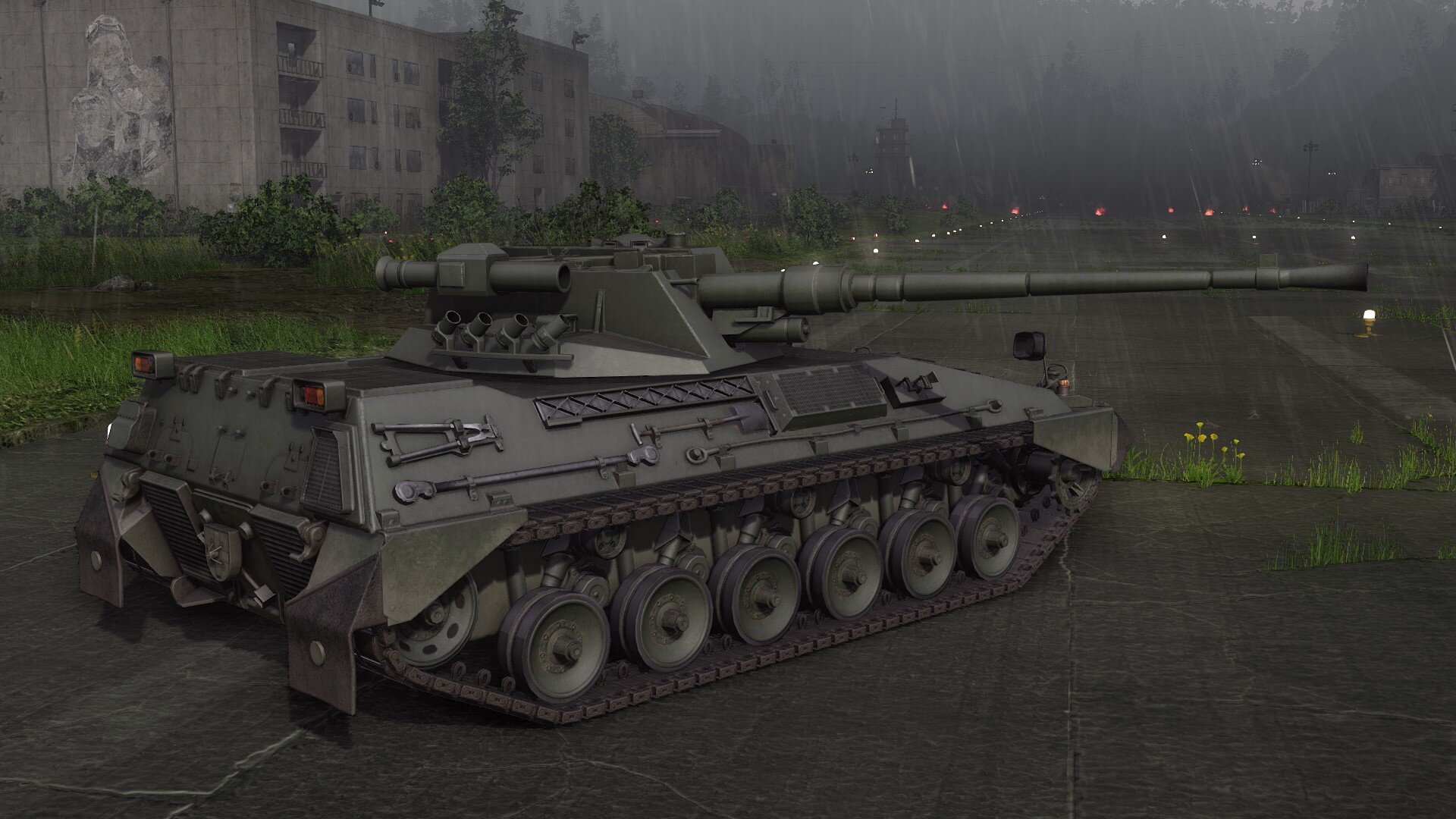
Stingray Tier 6 LT – This was another export vehicle but, unlike the Begleitpanzer, the American Cadillac-Gage Stingray actually found its customers. Armed with a powerful 105mm cannon, it was an affordable solution for countries unwilling or unable to maintain a large fleet of MBTs. Thailand purchased 106 of them in 1987 and they continue to serve to this day. You can read more about it in our dedicated article.
- Discount: 35%

Stingray 2 Tier 7 LT – The Stingray 2 Light Tank was developed by Cadillac Gage as an upgraded variant of the original Stingray. The philosophy behind both Stingrays was to install powerful, MBT-class 105 mm rifled cannon on a light, mobile and – most importantly – affordable chassis. Despite its qualities, the vehicle was never a commercial success because the market became flooded with Cold War surplus.
- Discount: 25%
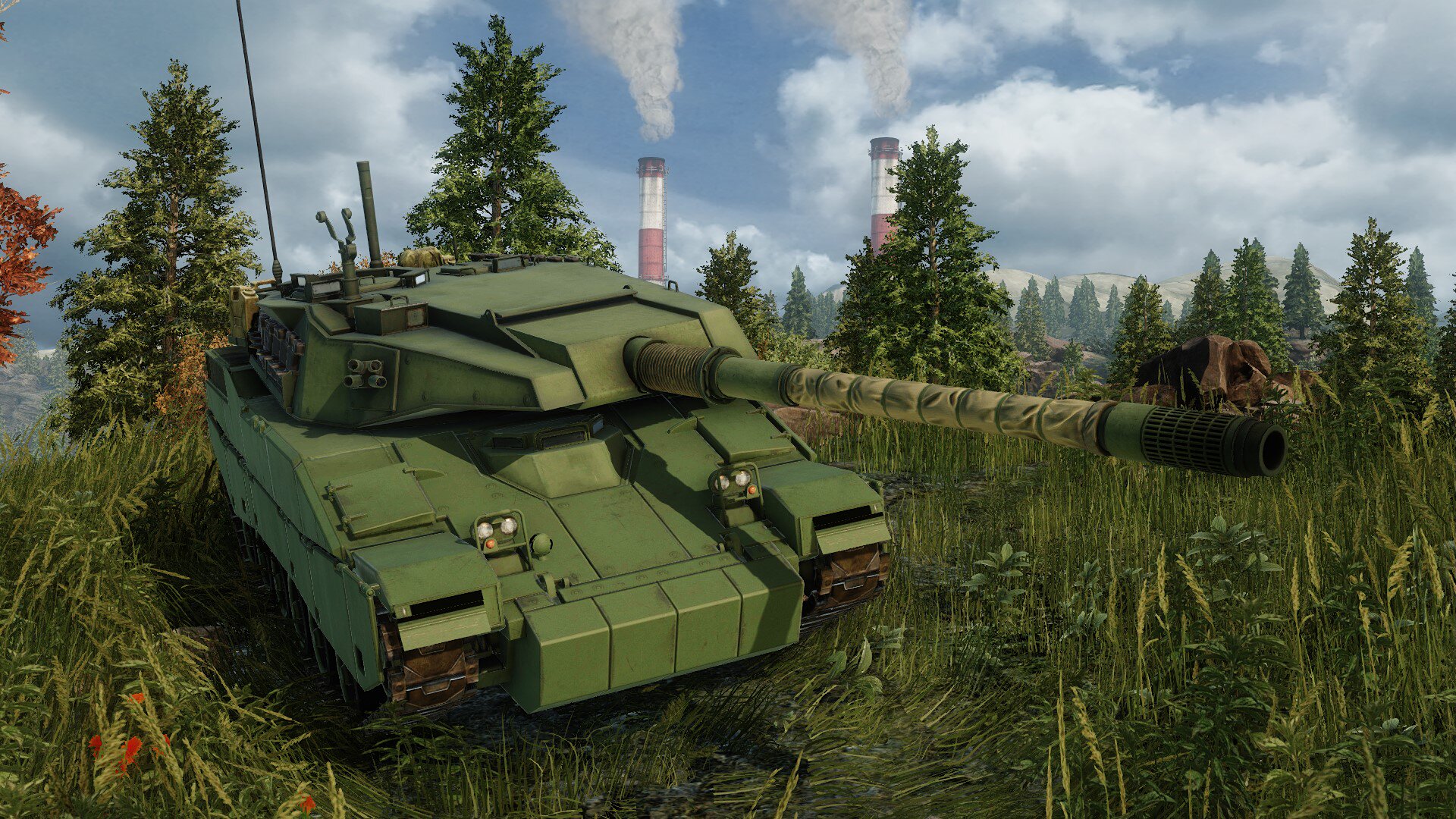
M8 Buford Tier 8 LT – The Buford (originally known as the XM8 Armored Gun System) was a 1980s project to design a replacement for the aging Sheridan, which would replace it in service in the 1990s. It was supposed to be an air-transportable light gun platform that would serve with the 82nd Airborne. The vehicle was generally well-designed, but military budget cuts of the 1990s proved to be its undoing. The vehicle contract was initially assigned to FMC, and six prototypes were built and tested. All of them reportedly still exist in various states of disrepair. In September of 1993, FMC presented the vehicle to the military, and there were plans to produce 297 vehicles from 1997 onwards, but the project was ultimately canceled in 1996. You can read more about it in our dedicated article.
- Discount: 25%
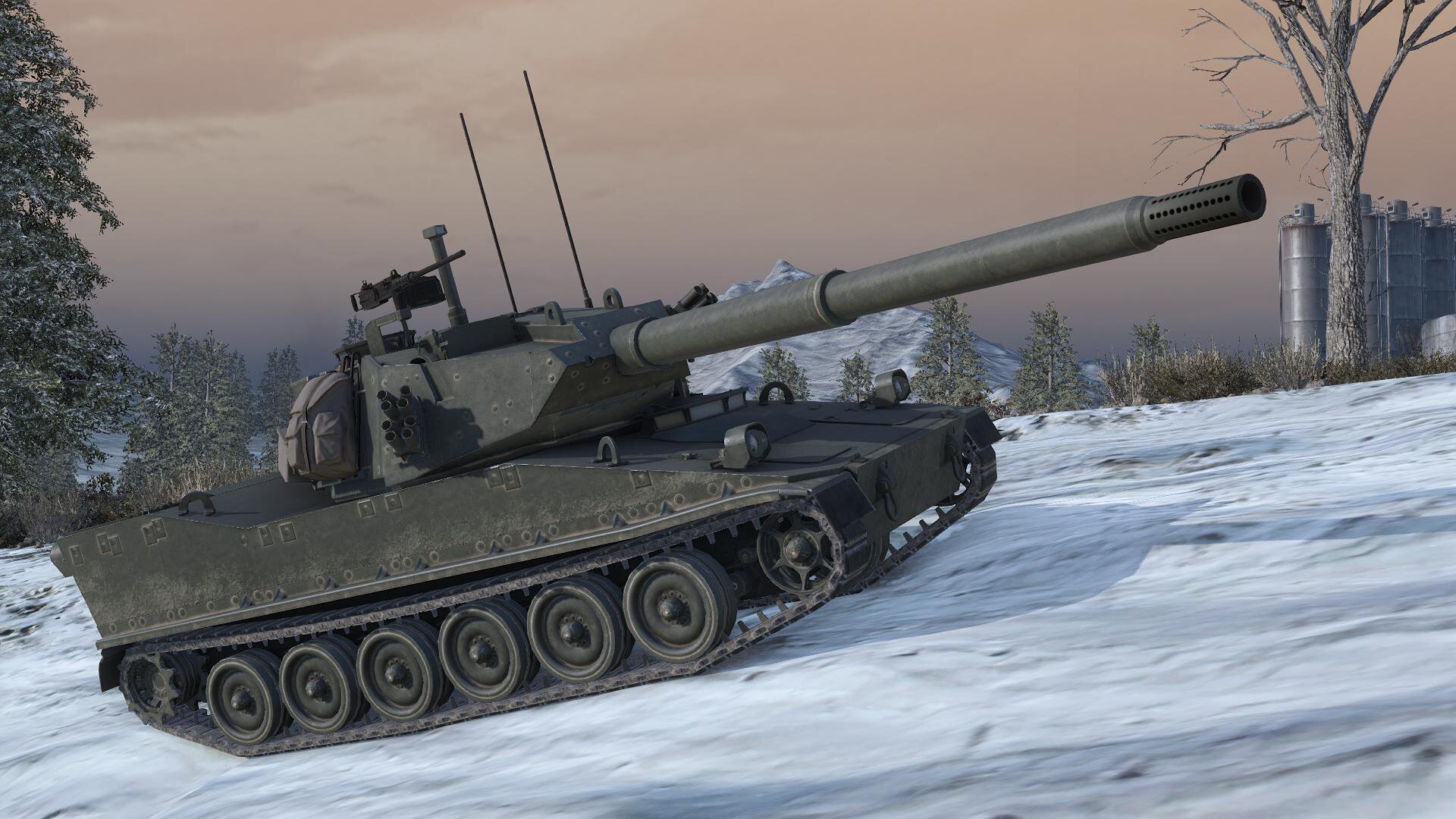
M8 Thunderbolt Tier 9 LT – The XM8 that was cancelled in the 1990s as a result of the end of the Cold War was revived in 2000s, first following the shift towards light mobile warfare during the War on Terror and then, recently, as a participant of the competition for America’s next light air-mobile tracked gun platform. The biggest difference between the Buford and the Thunderbolt is its 120mm gun that is capable of firing full-sized NATO ammunition despite being mounted on a light chassis. You can read more about it in our dedicated article.
- Discount: 20%

PL-01 Tier 10 LT – The PL-01 Light Tank concept was unveiled in Poland in 2013 as a potential replacement to all the Polish MBTs that were in service at that time. It immediately captivated the world with its futuristic stealth looks and its high-end electronics. The concept was built on a CV90 chassis. However, following its introduction, the Polish military opinion shifted towards MBTs once again and Poland decided to buy German Leopard 2 tanks instead. The PL-01 project (also known as Gepard at that point) was therefore shelved. You can read more about it in our dedicated article.
- Discount: 15%
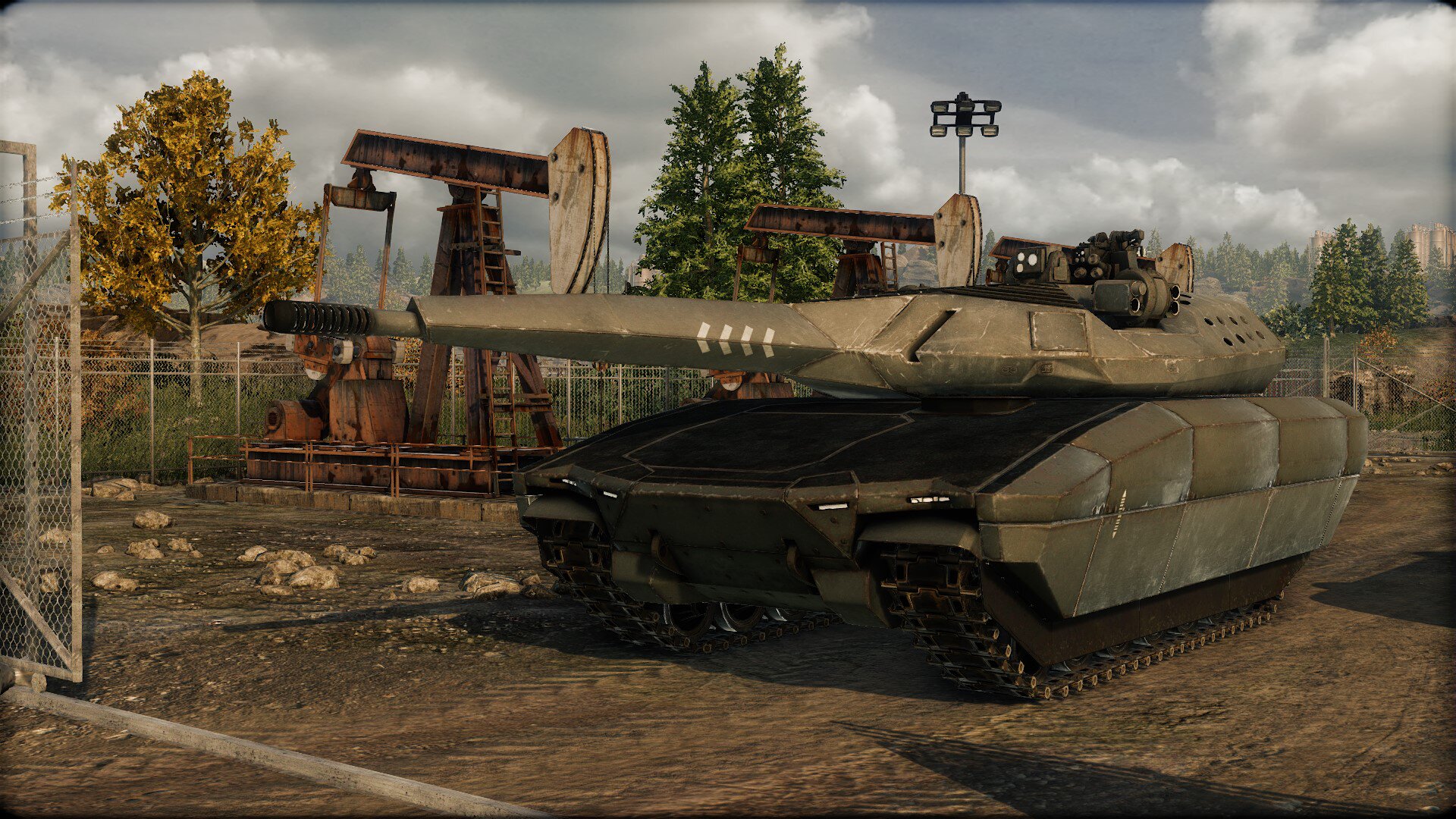
In Armored Warfare, the Light Tanks are perhaps the least diverse of all classes in the sense that they all share the following traits:
- They are all fast, tracked vehicles (more mobile than MBTs but not as mobile as AFVs)
- They all are better protected than AFVs, but have less armor than a MBT of equal tier
- They generally have MBT-class cannon
- They do not generally have guided missiles
As usual, there are exceptions – for example, the German Begleitpanzer 57 Tier 5 Light Tank has a 57mm automatic cannon and a missile launcher, but on average, the Light Tanks are not as diverse. That doesn’t make them inferior to other classes, of course – in fact, it is their strength.
The Light Tanks are the ultimate flankers of Armored Warfare. They can’t take Main Battle Tanks head-on due to their lower protection levels, but they have the speed and the agility to go around the toughest of targets instead and aim for their weak flanks and rears. Few vehicles in the game can keep up with Light Tanks off-road and while their maximum speed is not as high as that of the wheeled AFVs or even wheeled Tank Destroyers, on softer surfaces the Light Tanks can dance around every opponent, blowing big holes in the most vulnerable armor parts.
Firepower-wise, Light Tanks are perhaps the most accurate vehicles on the move in the game. The Tank Destroyer class vehicles can fire more accurately when standing, but lose a lot of accuracy when attempting to move, making them generally useless for fast flanking maneuvers. Furthermore, many Light Tanks focus on burst damage.
This is due to the fact that the amount of time they can spend in MBT crosshairs is limited – the MBTs will eventually beat them down one on one by turning their strongest armor towards them, making unloading as much damage as possible in a very short amount of time essential. That is why the Light Tanks are often equipped with either automatic loader clips or ready racks (increasing the rate of fire for several rounds when the ready rack is loaded). The Light Tanks are also decent scouts – they are not as great as dedicated AFVs, nor are they very stealthy, but their mobility more than makes up for it. When it comes to protection, however, the Light Tanks are quite fragile despite various ERA and applique armor upgrades available to high Tier vehicles.
These characteristics define the way the Light Tanks should be played – aggressively. Much like in the case of AFVs, a slow or standing Light Tank is a dead Light Tank, so instead of staying behind their armored comrades, the Light Tank players have to actively flank the enemy to be successful. This, however, requires careful and accurate reading of the battlefield, making Light Tanks suitable for experienced players.
These fragile vehicles do not forgive mistakes – running headlong into an enemy pack will result in your immediate destruction, as will being ambushed by the enemy while trying to execute a flanking maneuver. To successfully operate a Light Tank, its commander must predict where the enemy forces are located, which requires knowledge and experience.
This effort is, however, rewarded with the vehicle’s high-end performance. An experienced Light Tank player is all but unstoppable and elite Light Tanks players are the deadliest opponents of Armored Warfare.
We’ll see you on the battlefield!





